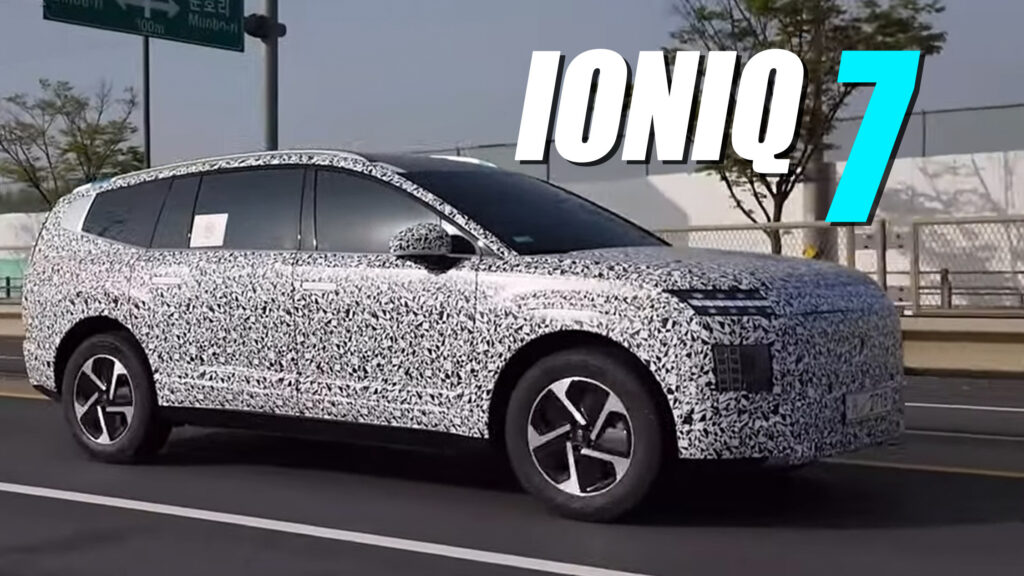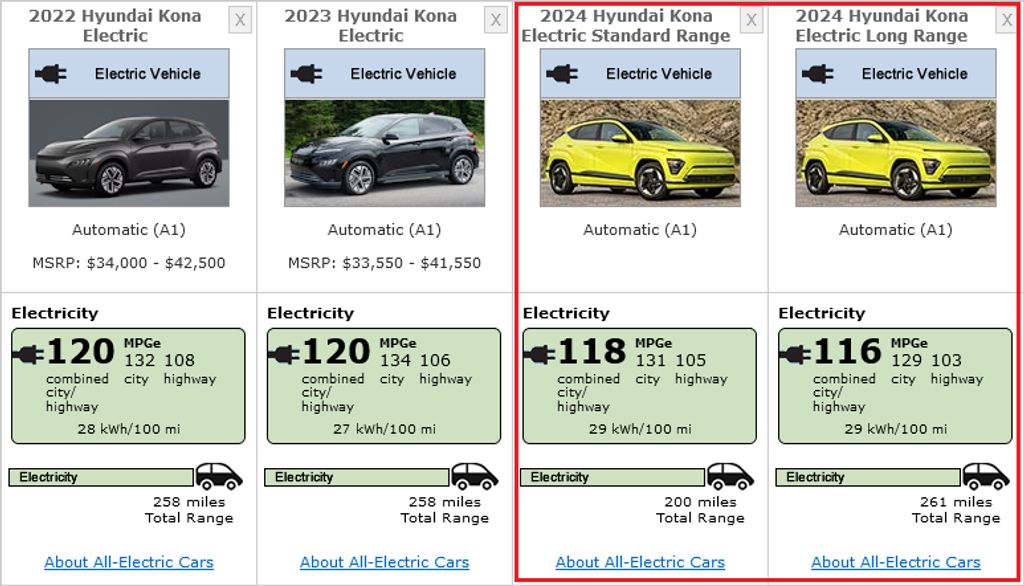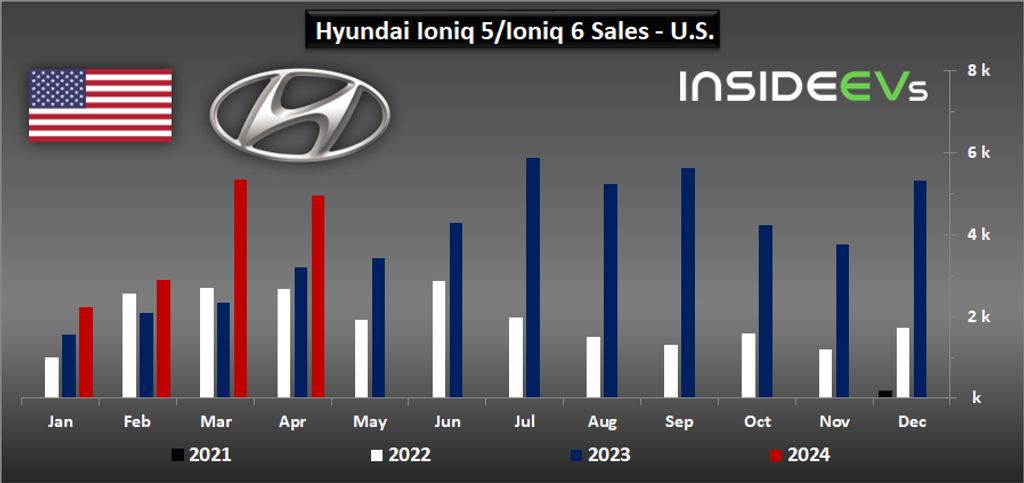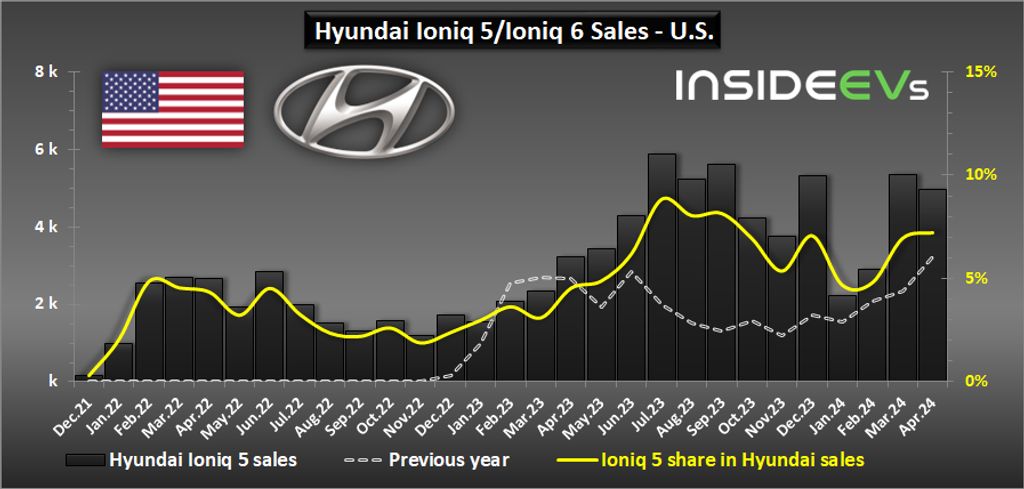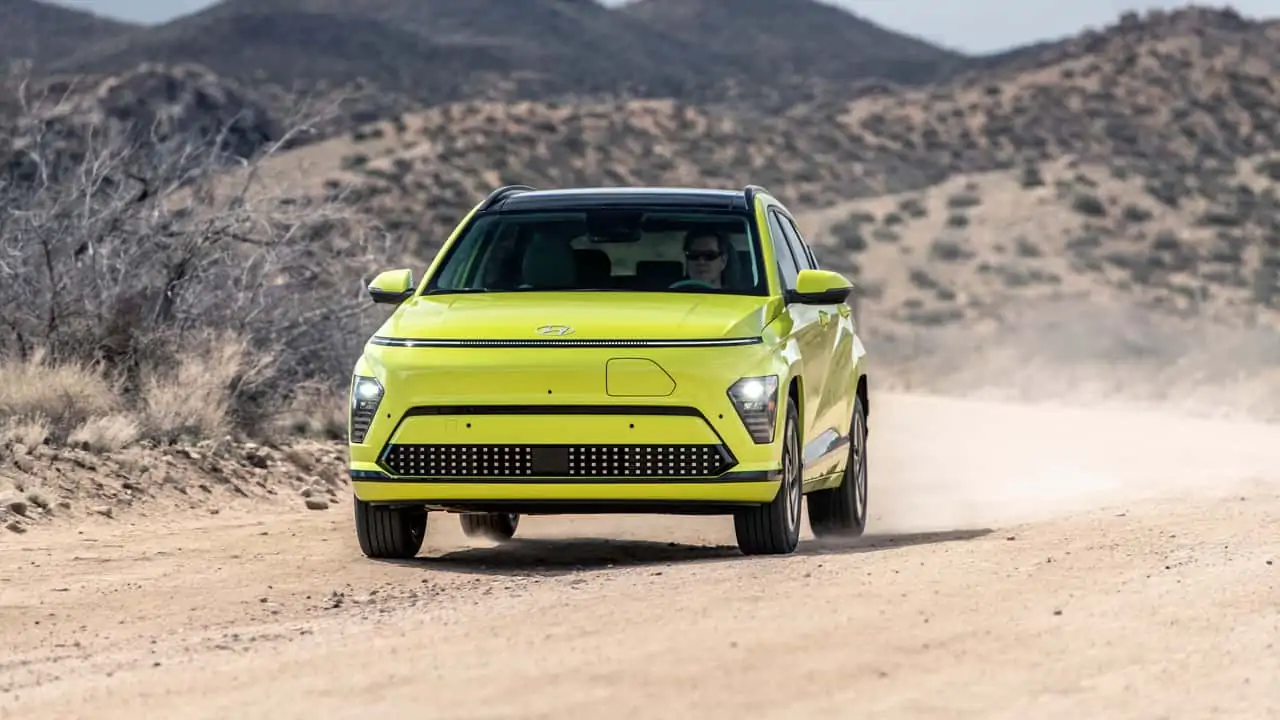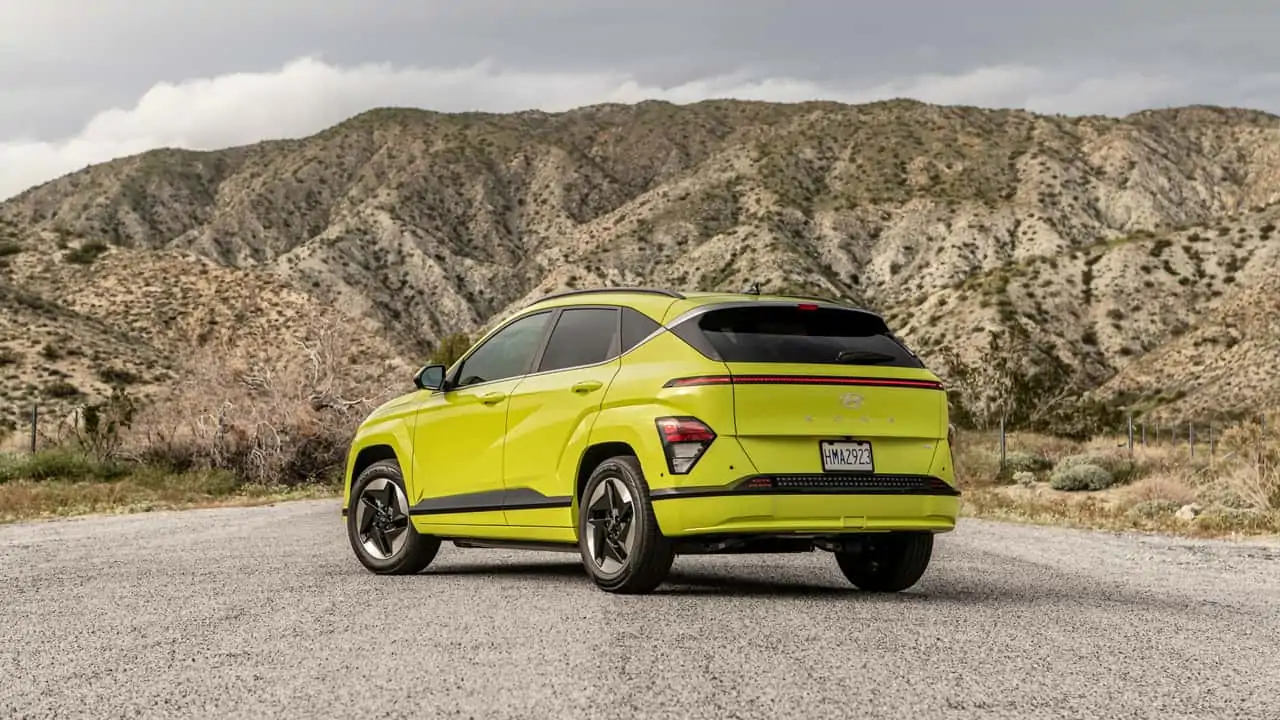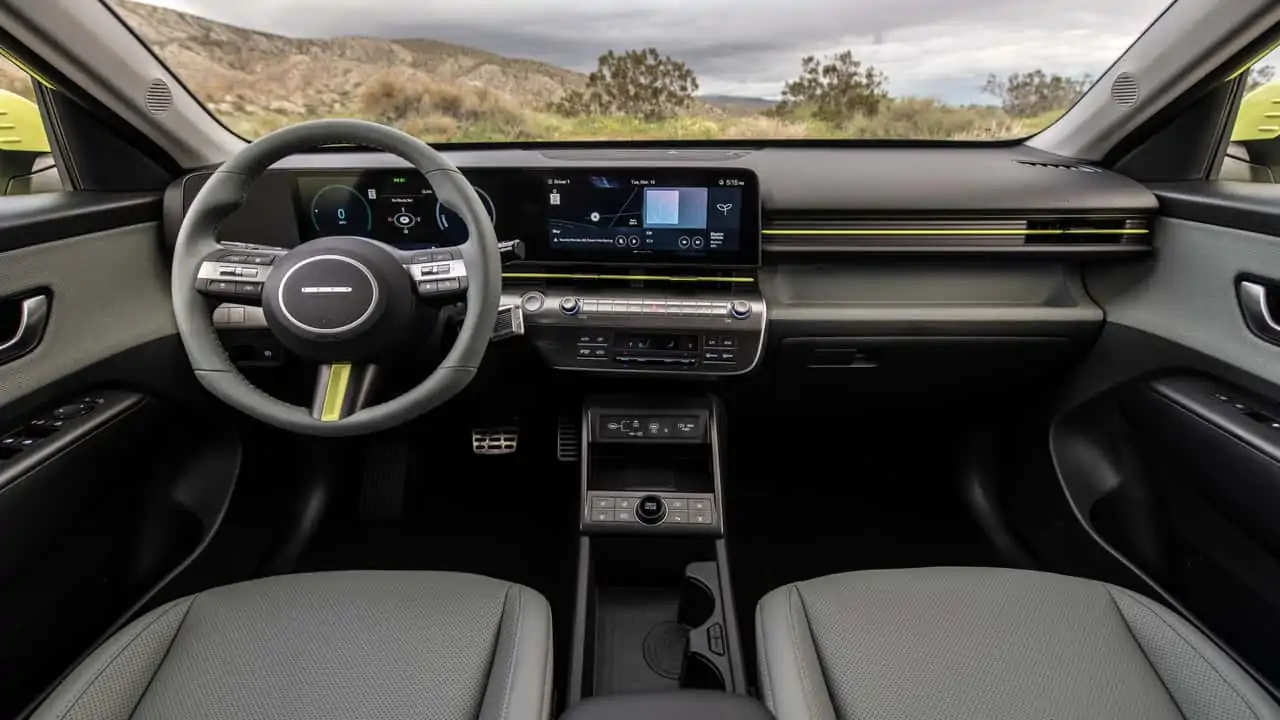Electric Crossover Showdown: Tesla Takes on Hyundai
The Tesla Model Y Performance has long stood as a favorite for enthusiasts seeking a swift, sporty electric crossover. Yet, as the electric vehicle (EV) landscape evolves, Tesla finds itself facing stiff competition from global automakers eager to showcase their prowess. Hyundai steps into the spotlight with its Ioniq 5 N, a track-ready EV complete with simulated gears, engine sounds, and even a drift mode, challenging Tesla’s dominance in high-performance electric crossovers.
Drag Race Dynamics: Comparing Two Electric Titans
Electric vehicles are renowned for their instant torque and thrilling acceleration. The Tesla Model Y Performance delivers with its dual-motor all-wheel-drive system, boasting 530 horsepower and a 0-60 mph time of just 3.5 seconds. Meanwhile, the Hyundai Ioniq 5 N ramps up the competition with 641 horsepower, available through a special boost function, propelling it from 0 to 62 mph in a mere 3.4 seconds. Despite being heavier and more expensive than the Tesla, the Ioniq 5 N’s performance in a straight-line sprint offers a compelling showcase of Hyundai’s advancements in EV technology.
Cost vs. Performance: Is Hyundai Worth the Premium?
In a detailed drag race analysis by Supercharged BG, a Bulgarian YouTube channel, the Hyundai Ioniq 5 N edged out the Tesla with a quarter-mile time of 11.28 seconds at 117 mph, compared to the Model Y’s 12.13 seconds at 112 mph. This performance comes at a cost, however, with the Ioniq 5 N priced significantly higher than the Model Y, even before factoring in potential tax credits available to Tesla buyers. While the Hyundai offers additional features like drift mode, prospective buyers must consider whether these extras justify the $22,000 premium. This comparison not only highlights the raw speed and innovation within the EV market but also underscores the broader economic considerations facing consumers in the rapidly growing sector.

